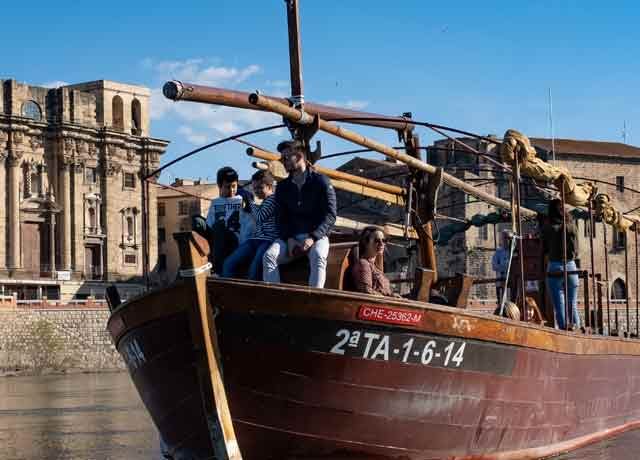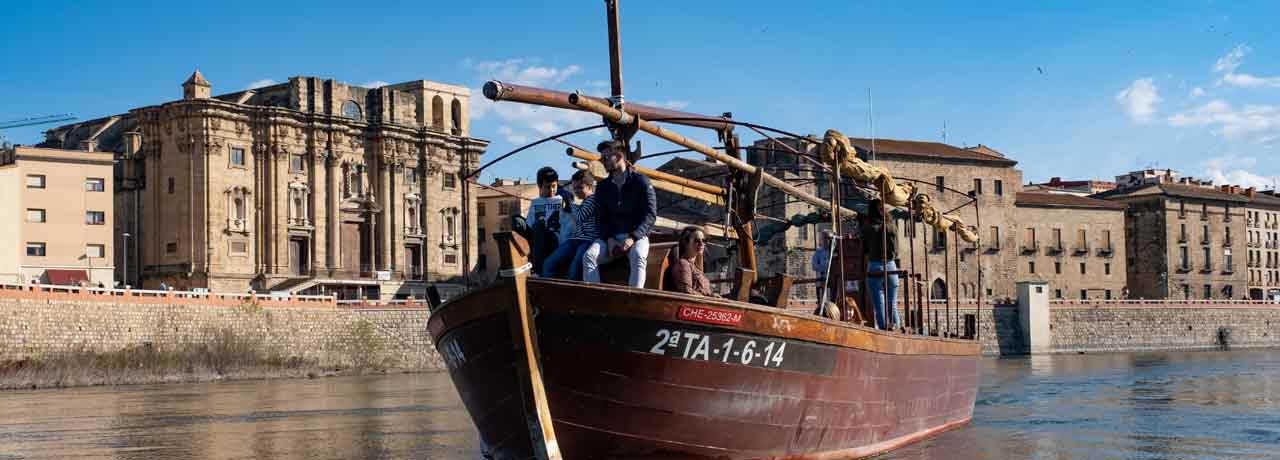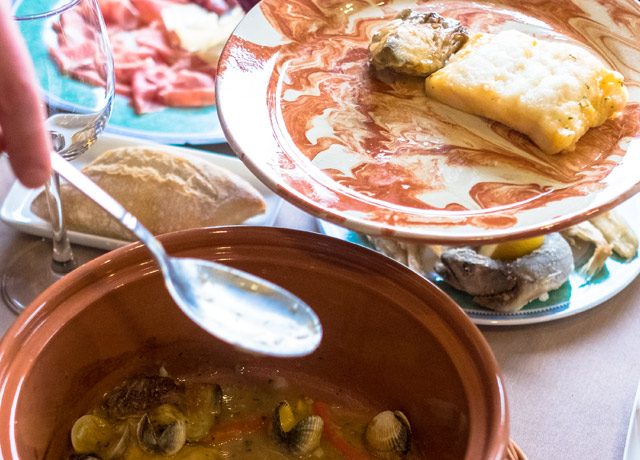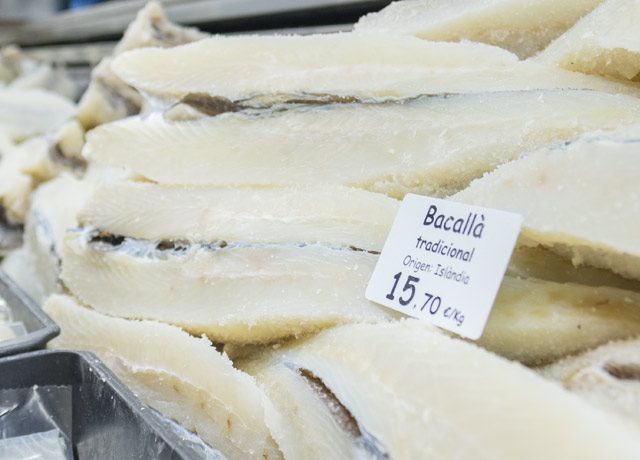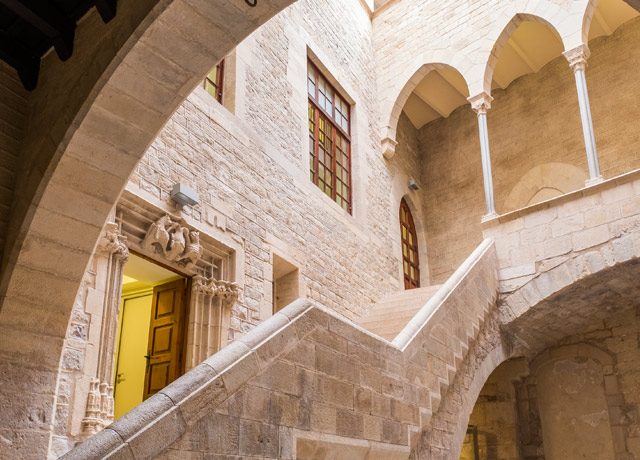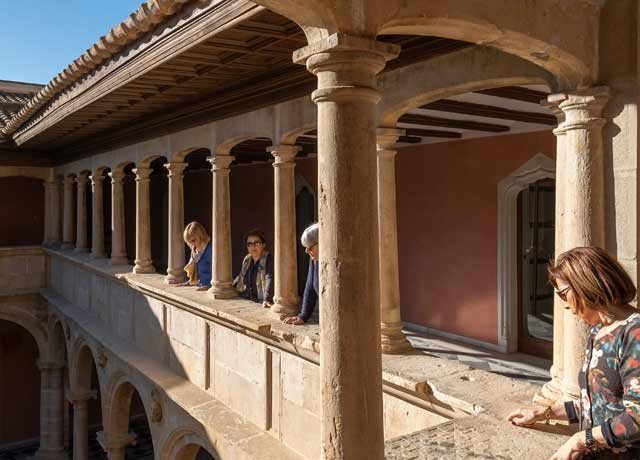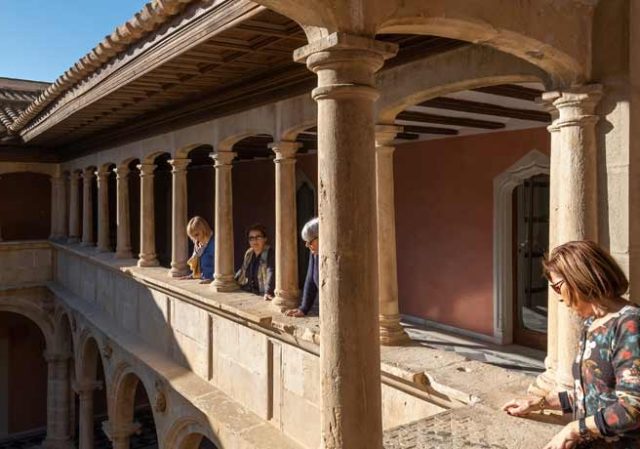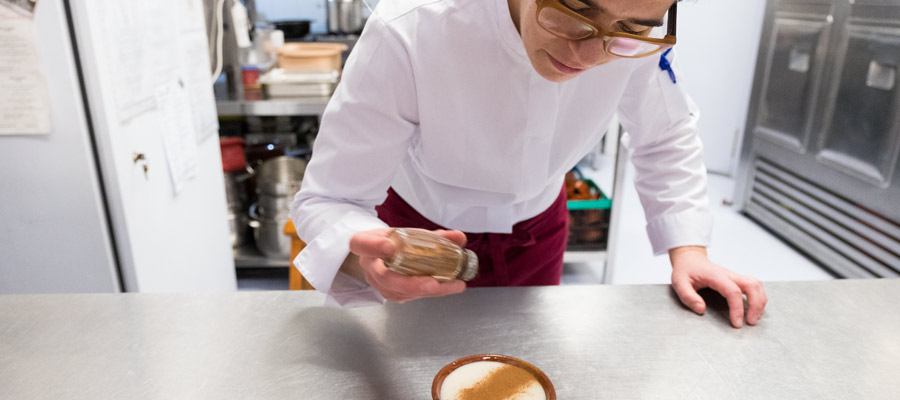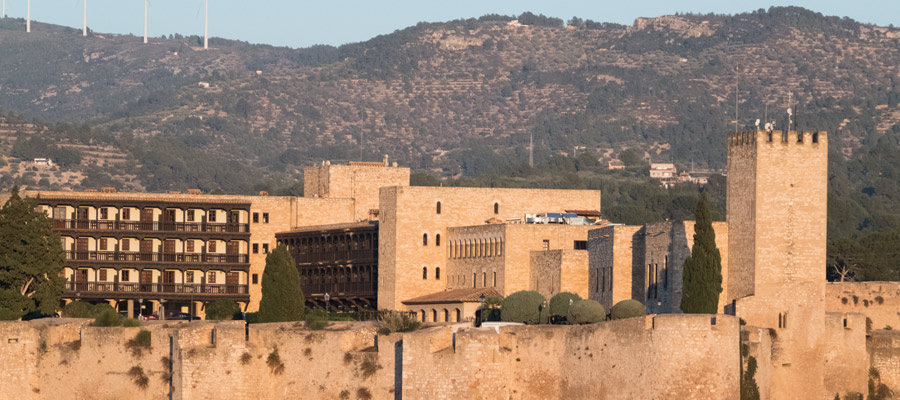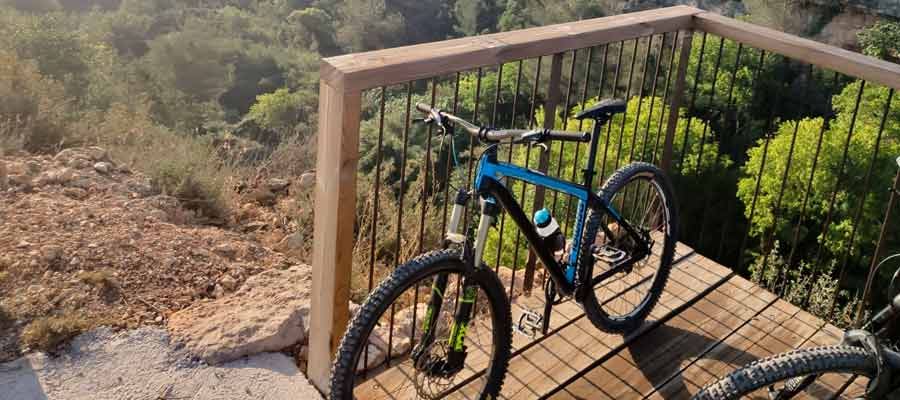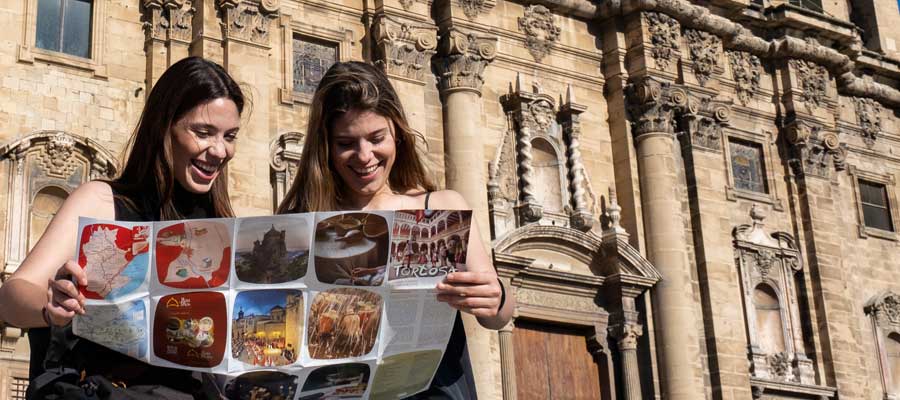Tortosa in a day
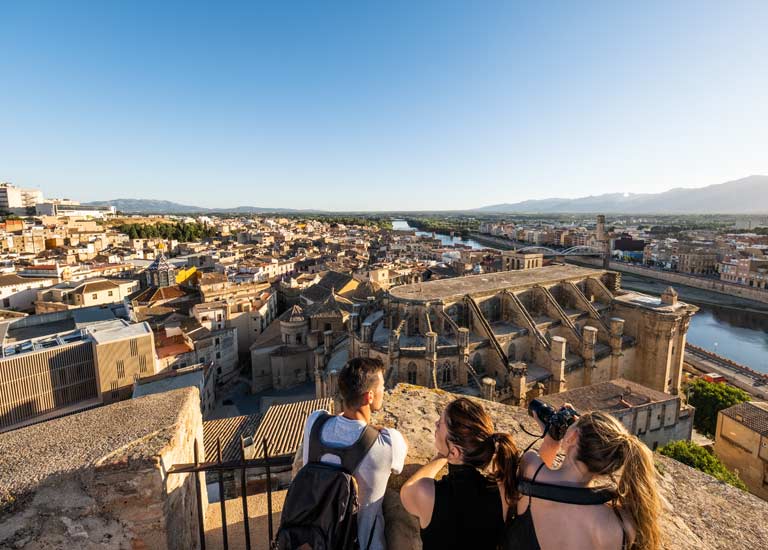
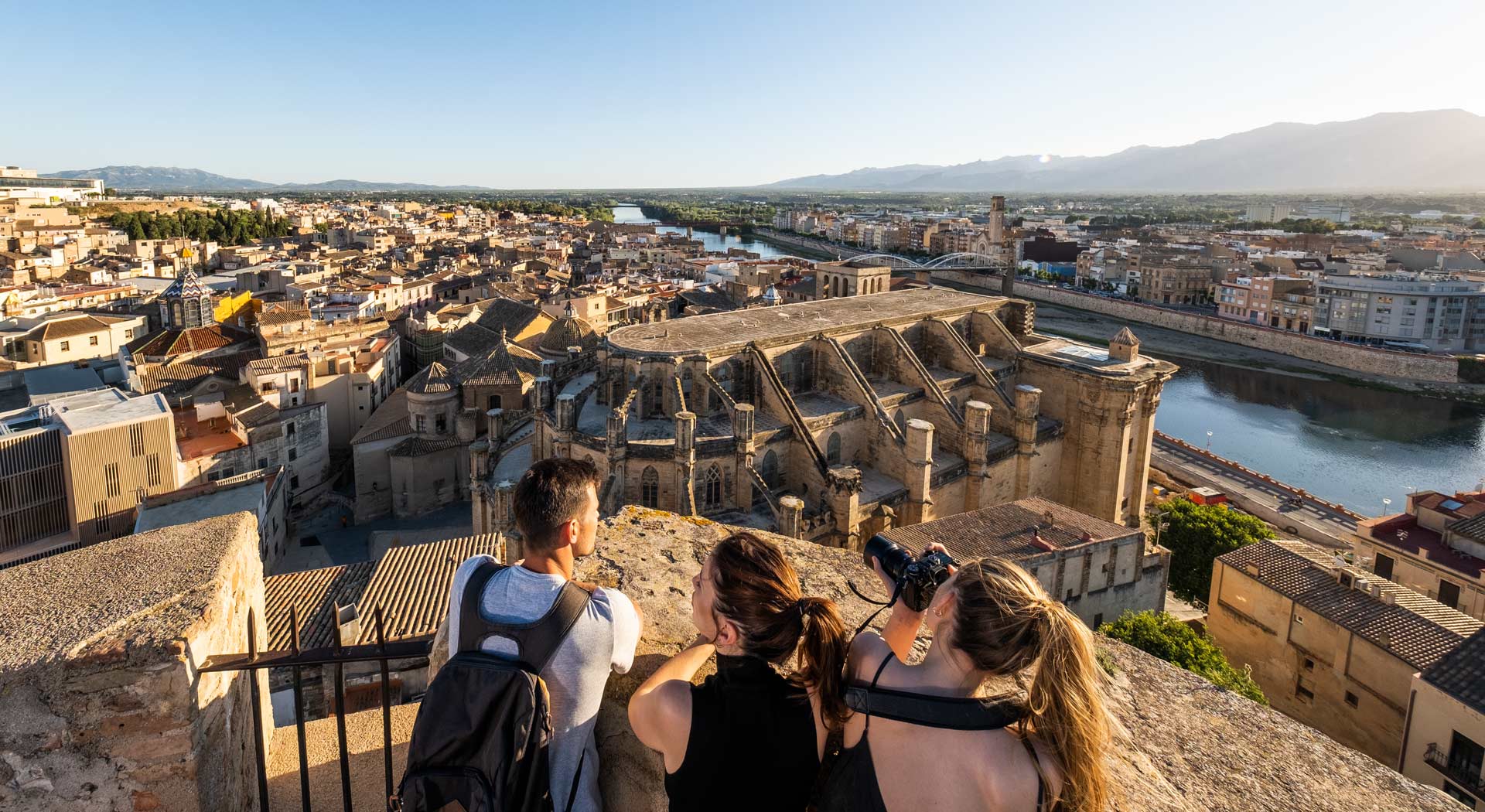
Two-thousand-year-old Tortosa is the result of the different cultures that have passed through the city and left their mark. Dominated by Suda Castle, Tortosa has a beautiful old town where visitors can lose themselves. It is full of unfamiliar sights and surprises, and the best way to get to know it is on foot.
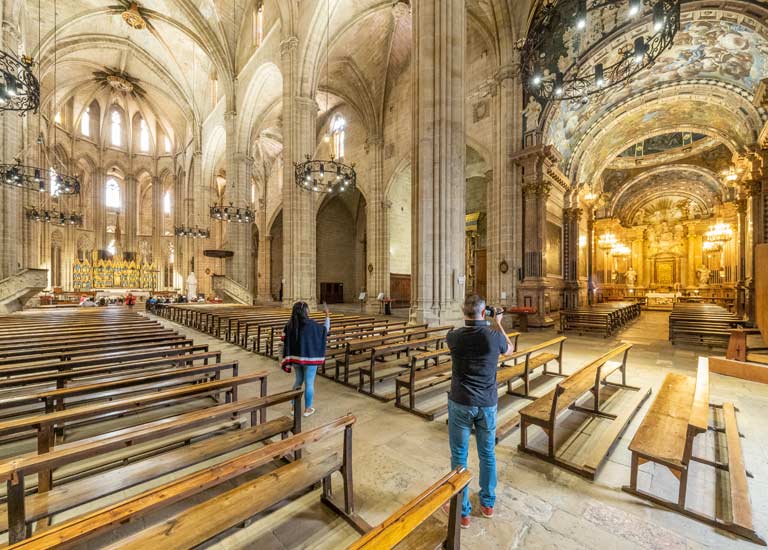
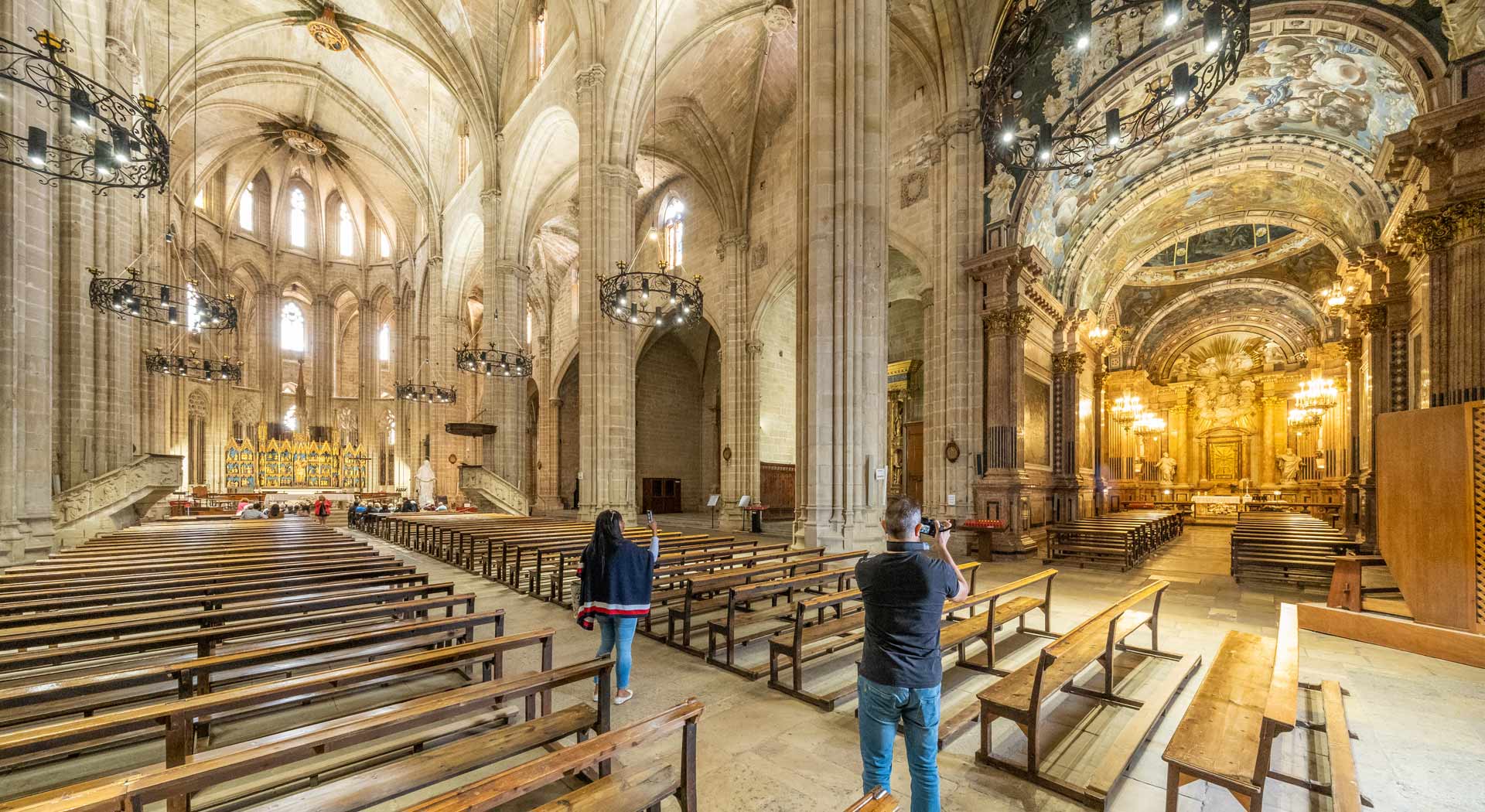
10 a.m. Cathedral and the old town
A good way to start exploring Tortosa is to stroll through the old town: the colourful and charming Carrer de la Rosa, Plaça de la Cinta and the alluring Romeu Gate. Next up is a visit to Saint Mary’s Cathedral (accessed via the Port de Palau), which also houses a permanent exhibition, a museum that outlines the historical importance of Tortosa.
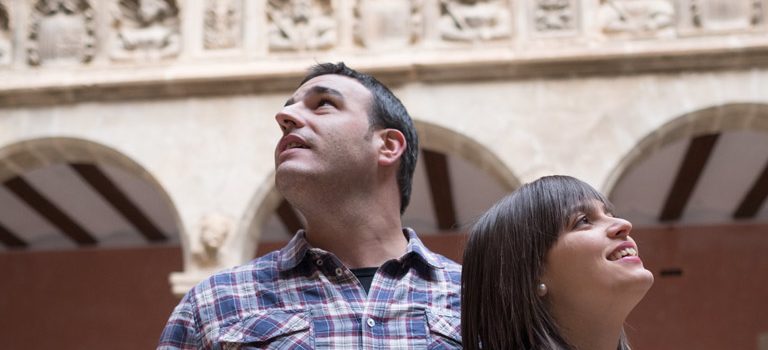

12 p.m. Royal Colleges
The Royal Colleges of Tortosa are a must-see for all visitors to the city, since they represent a true architectural gem, seemingly untouched by the passage of time. The Renaissance cloister is a small marvel, unlike anything else in Catalonia. The complex of the Royal Colleges also houses the St Domènec Space, permanent exhibition of the city and the Renaissance Festival, which is located in the Church of Sant Domènec. This church is also home to the remarkable cabinet that contains the city’s archive, also from the 16th century.
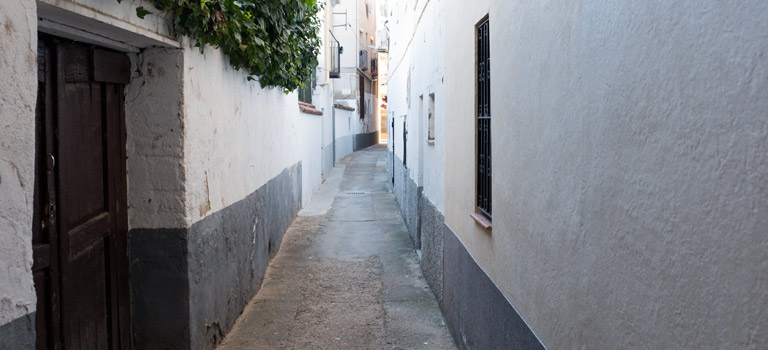

12:30 p.m. Jewish quarter
In the 10th century, Tortosa’s Jewish community was already significant. For centuries, Tortosa was home to one of the most important Catalan Jewish communities and, for many years, one of the largest in the entire Crown. Part of the atmosphere of the aljama has been retained in its urban layout and maze of narrow white streets, an essential trip for all visitors.
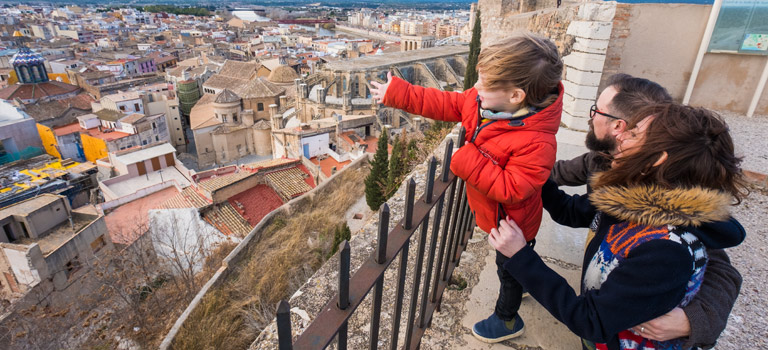

1 p.m. Suda Castle
For a magnificent view of the city, the Els Ports massif and the whole region, a good idea is to visit Suda Castle, which is set in a privileged location offering a wonderful panoramic view of the surrounding area. The castle (part of which now houses a Parador hotel) was declared a cultural asset of national interest and is an impressive architectural demonstration of the city’s Al-Andalus history. It has the only Arab cemetery ever discovered in Catalonia.
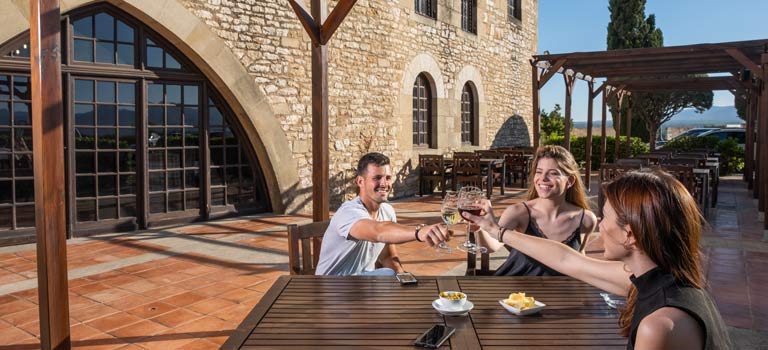

2 p.m. Sample the local produce at lunch
A visit to Tortosa provides the perfect opportunity to sample the delicious cuisine of the Terres de l’Ebre, from the rice and seafood of the Ebro Delta, to the agricultural products of the inland area and the DO Terra Alta wine. Tortosa’s traditional desserts are sure to tantalise the taste buds of even the most sweet-toothed visitors: blancmange, pastissets de cabell d’àngel (pumpkin jam pasties), orange or chocolate and sopa de la reina cake to name but a few…
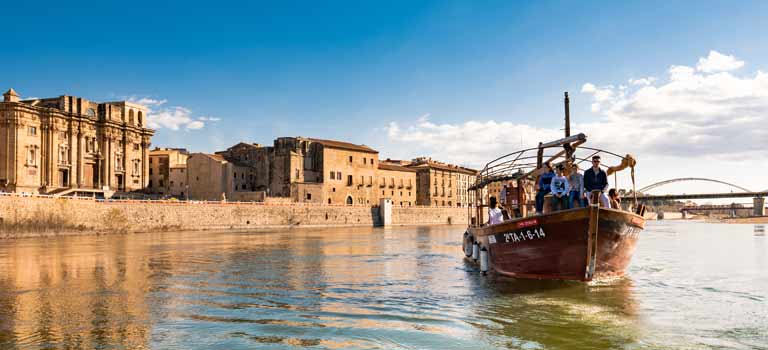

5 p.m. Modernista park and Ebro river
Spending an afternoon on the banks of the river or even taking a trip on board the felucca, Lo Sirgador, is highly recommended for visitors who barely know Tortosa. The old red railway bridge offers the perfect way to enjoy a walk or bike ride and appreciate views over the city and river. A stroll through the municipal park on the banks of the river is also a good option, since it is another example of the city’s Modernist influence.
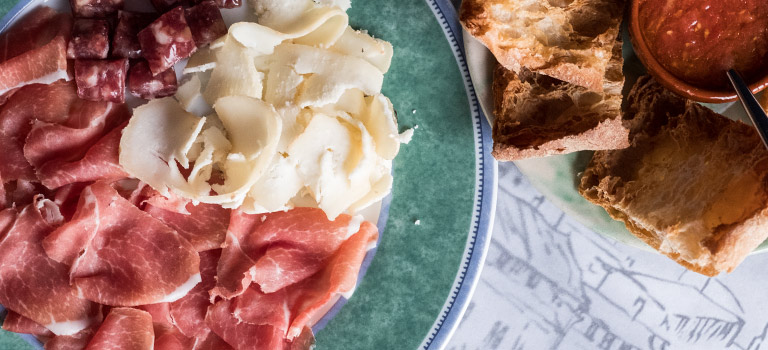

7 p.m. City centre and tapas
As sunset approaches, we can go ahead to the city centre to have a look at the Art Nouveau buildings or enjoying the shopping area on Carrer de Sant Blai and Avinguda de la Generalitat. Then, to round off the day, head to one of the many small bars in the centre and the old town to sample some tapas and a glass of good wine or a refreshing beer before leaving.
